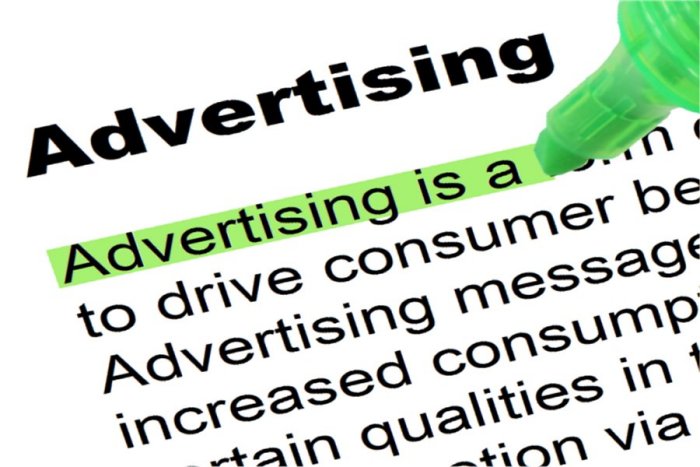In a technological world saturated by ads, it is no surprise that many people look for brands that are honest and authentic. In fact, one survey found that 90% of consumers cite authenticity as an important factor in both purchasing decisions and brand loyalty.
But how can you ensure that your advertising efforts come across as authentic? Let’s take a look.
Prioritise the customer
Even if you are an expert in your field, customers will not want to feel like you think you are better than them. When it comes to authenticity, it is important to remember that you do not solve the customer’s pain point, but the customer solves their own issue with the helping hand of your brand.
Instead, use your expertise to highlight how your product or service can help to enable customers to get the best results. This way, customers will see your brand as someone looking to educate and truly help, as opposed to looking down on them.

Be clear in your brand values
It goes without saying that in this day and age it is important for brands to have meaningful values, especially when it comes to political, social, and ethical considerations. In fact, one study found that 71% of consumers prefer to shop from brands that share the same values as themselves, highlighting just how crucial brand values are to purchasing decisions.
With this in mind, place the values at the heart of all your branding and marketing decisions. However, it’s not enough to be passive – instead, you need to show just how passionate you are about these values. Don’t be afraid to fight for what you believe in, as this will ultimately make your brand more authentic in the eyes of the consumer.
Add value to your marketing
Added value marketing is a customer-centric approach to advertising that places customer needs over the needs of the business. In other words, the primary aim is to help consumers as opposed to making a profit.
Take an accountancy firm, for example – one way you might do this would be to promote an infographic or money saving tips as part of your social media advertising strategy, serving to improve the lives of those who read it in the cost-of-living crisis.
Another example might be for a car dealership, car insurance broker, or mechanics to promote winter car tips through blogs or even roadside advertising billboards, helping to keep the nation safe on the roads during times of snow and ice.
Open a dialogue with your customers
Your customers will have key insights into how you might improve your offerings – and, it means a lot for a business to make their customers feel heard. Thus, you might consider asking your customers what it is that they want to see from you, what they find the most important, and how you might improve your advertising strategy.
Of course, a brand that not only listens to its customers but also acts upon their feedback will be perceived as more authentic than one that listens but then does nothing about it. So, after you gather the information, make sure to incorporate the insights into your subsequent advertising strategies to make them more impactful.
 Entrepreneur Resources Your source for small business information
Entrepreneur Resources Your source for small business information




